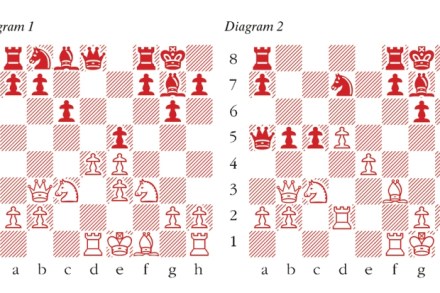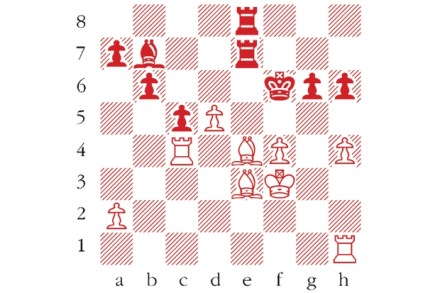Coincidence
My grandmaster colleague James Plaskett has two passions, the pursuit of the mythical giant octopus (ongoing) and a fascination with coincidence. Is the latter just a concatenation of unrelated circumstances, or does it have some deeper meaning, signifying something in the air at a particular time? How, for example, does one explain the virtually simultaneous,




















